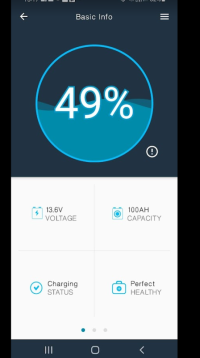- bigger charging amps means you can charge bigger battery banks, or charge the battery's faster - especially lithium. the number is the MAX the charger can delivery.1. With B2B chargers who are some 30a, 40a or 50a?is this to cover the combined current from alternator and solar? Or do some vehicles put out a higher current from the alternator?
for example a 20A DC-DC charger will charge a battery at 20A MAX - but the vans Alternator is 140A/180A max.
++
For SLA / AGMs its recommended to go for 10-20% capacity for charge rate.
so for a 100Ah AGM battery look for 10-20A charger . . . (10-20%)
BUT . . . if your running your camper loads ontop then add this too. . . so if you van is using 10A for camper loads, add that ontop of the battery charger amps.
so 10-20A for charging Plus 10A for camper loads = 20-30A dc-dc unit.
you you dont do this you loads will use power and reduce the charge available to the battery meaning it will take longer - in the above case twice as long.
++
each charger (combined) works differently, regards to max power share, some will prioritise the PV solar (Redarc), some will be a 50/50 split (Renogy) . . . others will just mix the two (CTEK) - but only up to the MAX the charger can deliver.
Last edited:










